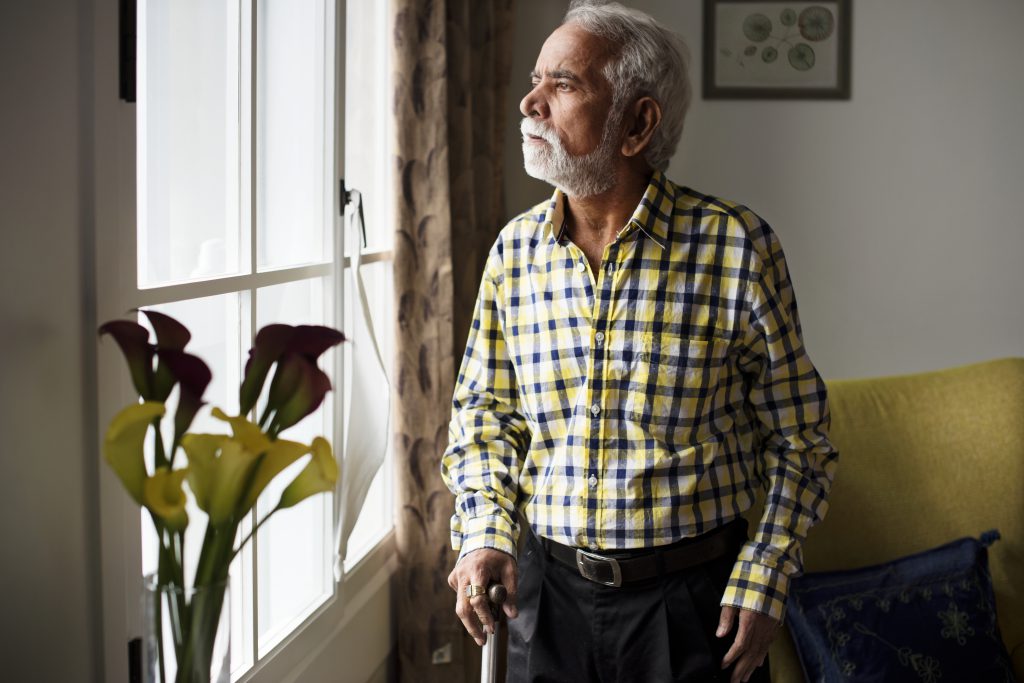BARRIERS
Communication and cognitive difficulties can make it difficult for people to take part in successful G-AP conversations and activities in partnership with rehabilitation staff.
For example, to:
- Think about and express their personal goals
- Remember what their goals are
- Discuss and agree action plans to reach their goals
- Remember to complete an agreed plan
- Consider or describe barriers to action plan completion
- Problem solve ways to overcome barriers
- Consider how confident they feel about completing action plans
- Reflect on progress
- Learn from experiences of successes and set backs
- Make decisions about what to do next
Communication and cognitive barriers can arise as a direct result of the health condition or as a result of environmental, physical, personal or attitudinal factors.
- IF we have an understanding of what the cognitive or communication difficulty is (BARRIER) and what might help reduce its impact (RAMP)
- THEN we can provide the right support to help the person communicate and participate as much as possible
Communication and Cognitive Barriers

Communication barriers
Communication difficulties often mask an individual’s competence resulting in exclusion from conversations and decision making. This can happen when a person’s communication difficulty can be mistakenly associated with a cognitive difficulty.
OPEN PAGE
Cognitive barriers
Cognitive difficulties affect the person’s thinking skills including (but not limited to) – attention, understanding, memory, problem solving, learning and processing information.
OPEN PAGE
Other barriers
Physical, personal, attitudinal and environmental factors can also create barriers that limit a person’s access to and engagement in the G-AP process.
OPEN PAGE